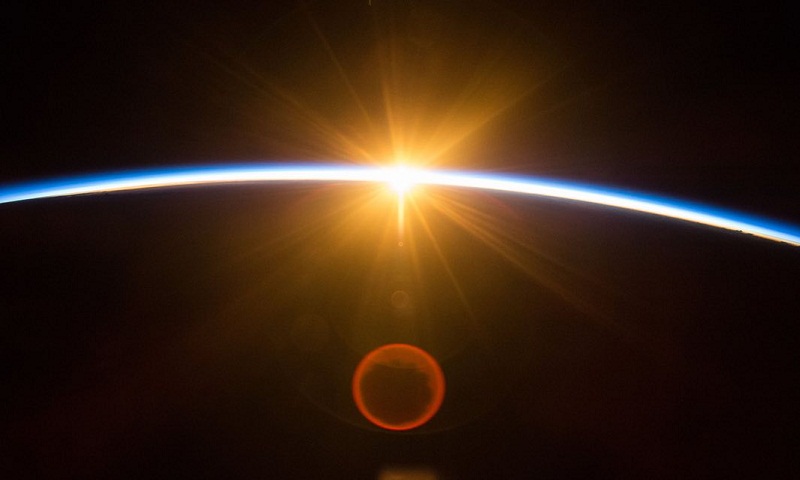US scientists launch world’s biggest solar geoengineering study

Research programme will send aerosol injections into the earth’s upper atmosphere to study the risks and benefits of a future solar tech-fix for climate change. US scientists are set to send aerosol injections 20km up into the earth’s stratosphere in the world’s biggest solar geoengineering programme to date, to study the potential of a future tech-fix for global warming. The $20m (£16m) Harvard University project will launch within weeks and aims to establish whether the technology can safely simulate the atmospheric cooling effects of a volcanic eruption, if a last ditch bid to halt climate change is one day needed. Scientists hope to complete two small-scale dispersals of first water and then calcium carbonate particles by 2022. Future tests could involve seeding the sky with aluminium oxide – or even diamonds. “This is not the first or the only university study,” said Gernot Wagner, the project’s co-founder, “but it is most certainly the largest, and the most comprehensive.” Janos Pasztor, Ban Ki-moon’s assistant climate chief at the UN who now leads a geoengineering governance initiative, said that the Harvard scientists would only disperse minimal amounts of compounds in their tests, under strict university controls. “The real issue here is something much more challenging,” he said “What does moving experimentation from the lab into the atmosphere mean for the overall path towards eventual deployment?” Geoengineering advocates stress that any attempt at a solar tech fix is years away and should be viewed as a compliment to – not a substitute for – aggressive emissions reductions action. But the Harvard team, in a promotional video for the project, suggest a redirection of one percent of current climate mitigation funds to geoengineering research, and argue that the planet could be covered with a solar shield for as little as $10bn a year. Some senior UN climate scientists view such developments with alarm, fearing a cash drain from proven mitigation technologies such as wind and solar energy, to ones carrying the potential for unintended disasters. Kevin Trenberth, a lead author for the UN’s intergovernmental panel on climate change, said that despair at sluggish climate action, and the rise of Donald Trump were feeding the current tech trend. “But solar geoengineering is not the answer,” he said. “Cutting incoming solar radiation affects the weather and hydrological cycle. It promotes drought. It destabilizes things and could cause wars. The side effects are many and our models are just not good enough to predict the outcomes”.

